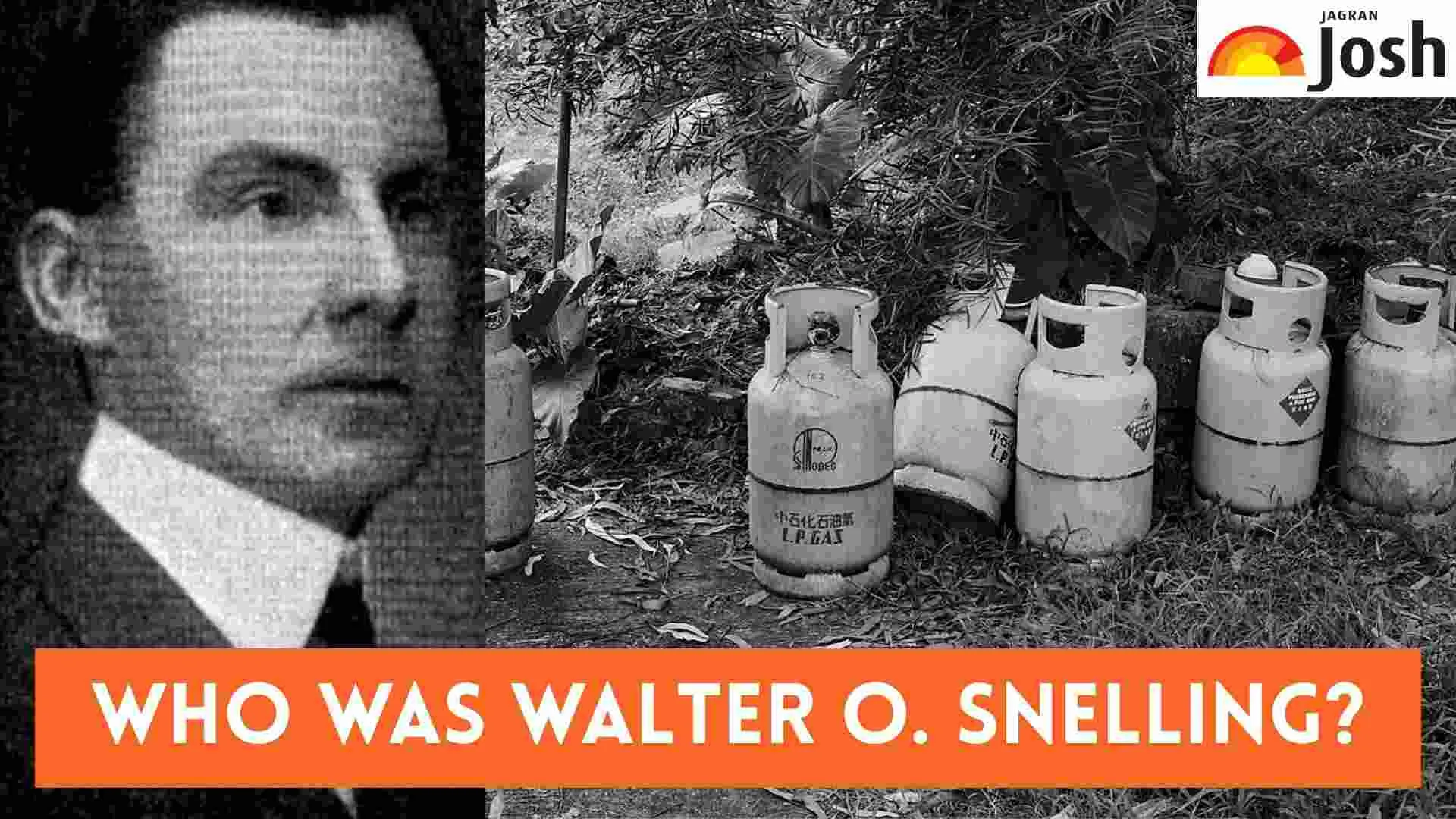The discovery of liquefied petroleum gas (LPG) stands as a significant moment in the history of science. It fundamentally transformed how we work, live and power our planet. The renowned American chemist Walter O. Snelling, who was born in 1880, was at the center of this significant discovery. His keen scientific mind and dedicated investigation into petroleum byproducts led him to isolate and comprehend the potential of gases like propane. Snelling's pioneering work not only resolved a major industrial issue but also birthed an entirely new energy sector, forever altering how we store and utilize fuel for diverse applications, from home heating to portable cooking with propane tanks.
Check Out- What is US Social Security and its Benefits?
Who was Walter O. Snelling?
Walter O. Snelling (1880–1965) was a brilliant American chemist and inventor. He is famous for his important work in the early 1900s, especially for finding and understanding how to use gases like LPG. Before this big discovery, Snelling worked for the U.S. government, dealing with explosives and oil. His natural curiosity and practical way of solving problems helped him make discoveries that were very useful for industries and the public. Besides LPG, he was a very active inventor, holding over 50 patents in his lifetime.
Walter O. Snelling Key Details
Walter O. Snelling was termed as the “Father of Propane” for his 1910 discovery of propane as a volatile component in gasoline. The important facts of this extraordinary American chemist are highlighted in the table below. His work completely transformed the use of petroleum byproducts, making way for a new era of portable energy.
| Detail | Description |
| Full Name | Walter Otheman Snelling |
| Born | December 13, 1880 |
| Died | September 10, 1965 |
| Nationality | American |
| Profession | Chemist, Chemical Engineer, Inventor |
| Known For | Discovery of Liquefied Petroleum Gas (LPG), isolating Propane |
| Key Discovery | Method to liquefy propane and other petroleum gases for transport and storage |
| Patents | Held over 50 patents |
| Awards | Edward Longstreth Medal (1962) and Honorary Doctor of Science, Lehigh University |
Who Discovered LPG?
Walter O. Snelling made the discovery of LPG (liquefied petroleum gas) for cooking, heating and transport. While working at the U.S. Bureau of Mines in 1910, he made a significant discovery. Snelling was investigating the problem of "wild gasoline," a highly volatile byproduct of refining natural gas that caused significant losses since it evaporated quickly while being stored and transported. He observed that when this gasoline was stored in containers, it would build up enough pressure to cause them to rupture. This critical observation prompted him to analyze the gaseous elements escaping from the raw natural gasoline.
Snelling's work with liquefied gas was covered by The New York Times on March 31, 1910, which stated that "...a steel bottle will carry enough gas to light an ordinary home for three weeks."
Snelling's investigations resulted in the isolation and identification of several volatile hydrocarbons, including propane, butane, and other light fractions. Crucially, he found a method of compressing these gases into liquid form, allowing them to be transported and stored in metal containers. His patent for "liquefied petroleum gas" was granted in 1912, and it defined the process of converting these gasses into liquid form, making LPG a viable commercial product. This scientific discovery transformed an unpleasant waste product into a profitable energy source.
Snelling’s Career
By late 1911, Walter O. Snelling joined natural gas researchers Frank P. Peterson, Chester Kerr, and Arthur Kerr. They incorporated American Gasol Co. on November 11, 1911, with Snelling, Peterson, and C. L. Kerr as key shareholders and directors. Snelling received his patent for liquefying petroleum gases on March 25, 1913, while Peterson also secured a related patent on July 2, 1912. The first customer used the gas by May 1912, and Snelling left his government job soon after. Despite initial slow growth and new financing, Snelling and his partners sold American Gasol for $50,000 in August 1913.
In 1913, Snelling also sold his key propane patent to Frank Phillips, founder of Phillips Petroleum Company, for $50,000. He then worked as a consultant before joining Trojan Powder Company in 1917. There, he rose to Director of Research, remaining until his retirement in 1954 and consulting until 1957. Analysis of his early propane samples later revealed their specific chemical compositions.
Must Read- Cloud Gate Chicago: Check Who Built It, Interesting Facts and More
Conclusion
Walter O. Snelling is an important scientist and figure in energy history. His discovery of LPG (liquefied petroleum gas) and the isolation of propane fundamentally alters energy consumption patterns. His foresight turned a volatile byproduct into a valuable, transportable fuel. The subsequent growth of the propane industry, with its familiar propane tanks powering countless applications, is a direct testament to Snelling's scientific brilliance and his lasting impact on how we access and utilize portable energy.

Comments
All Comments (0)
Join the conversation